Hoya de Cadenas Cava Brut
Profile
-
Fruit
-
Body
-
Sweetness
-
Freshness
-
Alcohol
Variety
Flavours
-

-

-

-

Glass

Serving Temperature

Food pairing
-

-

-

Maturity
Drink nowMore of the same producer
More about this product
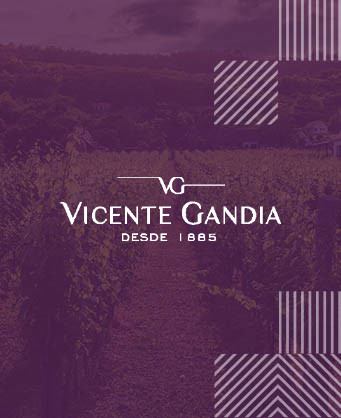
Vincente Gandia
Bodega Vincente Gandia is more than a hundred years old - its first production dates back to 1885. Today it is run by the 4th generation of the Gandia family. In 1971, this was the first wine cellar in Valencia to offer bottled wine under its own brand - Castillo de Liria, nearly fifty years later it is still one of the iconic labels of Gandia. In 1990, the family invested in the Hoya de Cadenas mansion. Paradise for the winemaker, located in Las Cuevas de Utiel, this idyllic place has the perfect characteristics for the production of the best quality grapes and this leads to a complete rise in quality and production of excellent wines on the estate. Today, the wines of Bodega Vincente Gandia can be found in 90 countries on 5 continents, it is also the largest winery in the municipality of Valencia. In 2014, she won the award for best Spanish winery in the prestigious international competition AWC Vienna, and the same year the World Association of Writers and Journalists of Wine and Spirits included her in its ranking of the top 50 wineries in the world. In 2018, the European Congress of Oenogastronomic Fraternities (CEUCO) awarded Vicente Gandia's Aurum Europa Excellente as the "Best European Winery".
All wines of the same producer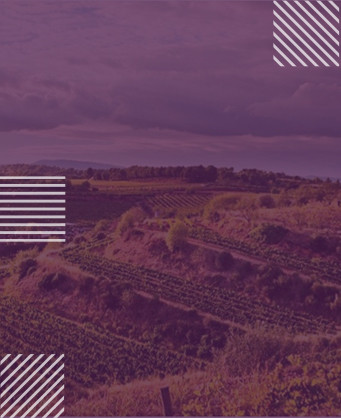
Catalonia
The name Catalonia DO was established in 1999 and covers all vineyards that are not covered by any of the other 11 DOs in the region. These are Emporda, Costers del Segre, Pla de Bages, Alella, Cava, Penedes, Conca de Barbera, Tarragona, Montsant and Terra Alta DOs and Priorat, DOCa (Denomination of Origen Calificada, the highest classification). Catalonia is considered different from other wine-growing regions in Spain due to the flexibility of its wine styles. It has a strong French influence on two of the most recognizable wines - Champagne-style sparkling cava and red table wines, which have similar characteristics to those produced in Roussillon, just across the Pyrenees. The main grape varieties are Tempranillo (known in Catalan as Ull de Llebre), Garnacha and Monastrell (French Mourvedre), but the red varieties from Bordeaux also play an important role in some of the highest quality blends as well as in varietal wines. Although there are numerous reasons for the success of Catalonia's wine industry, Cava has played an important role. In the 1870s, Jose Raventos began producing sparkling wines around the town of Sant Sadurní d'Anoia in Penedes, using the traditional method. The success of this wine was so great that the region became the center of Cava production in Spain and in 1986 became DO.
More wines of this region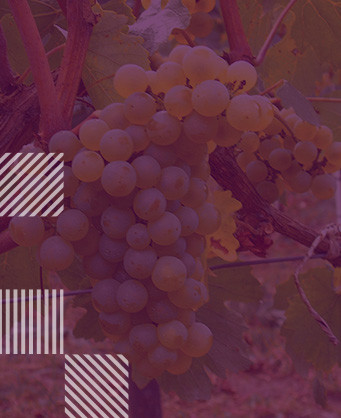
Chardonnay
Chardonnay is the world's most famous white-wine grape and also one of the most widely planted. Of course, the most highly regarded expressions of the variety are those from Burgundy and California, but many high-quality examples are made in Italy, Australia, New Zealand and parts of South America. Describing the flavours of Chardonnay is not easy. This is not thanks to the complexity of the varietal itself but usually due its susceptibility to winemaking techniques - such as Malolactic fermentation which gives distinctive buttery aromas or Fermentation or maturation in oak barrels which contributes to the wine with smokey notes of vanilla, honey and even cinnamon, and not last the lees contact while in barrel imparts biscuity, doughy flavours. And all these incorporated with the varietal aromas of tropical (banana, pineapple and guava) to stone fruits (peach, nectarine and apricot), sometimes even citrus and apple notes. Climate plays a major role in dictating which fruit flavours a Chardonnay will have - warm regions (California, Australia ) make more tropical styles; temperate zones (southern Burgundy, New Zealand) - stone fruit notes, while the very coolest (Chablis, Champagne) lean towards green-apple aromas.
More wines of the same variety
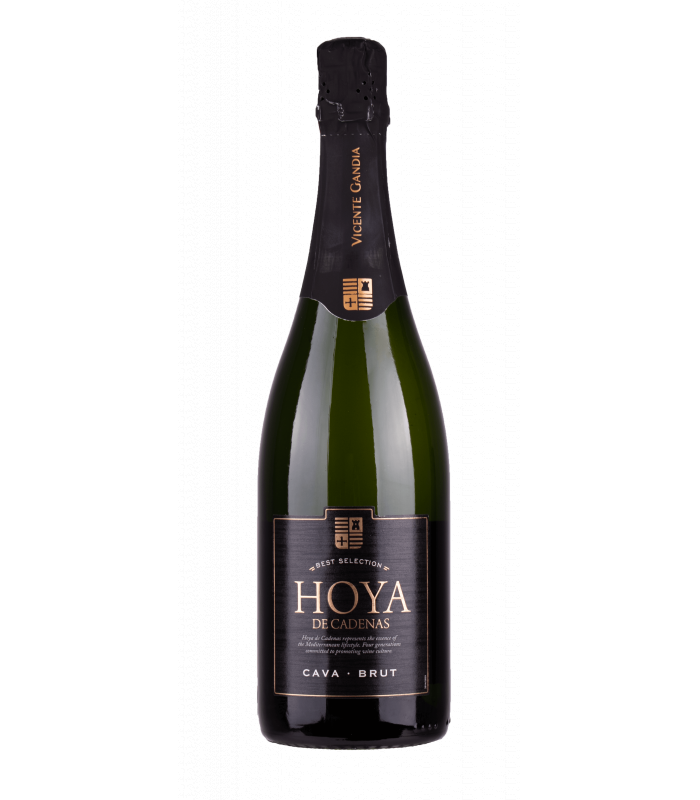


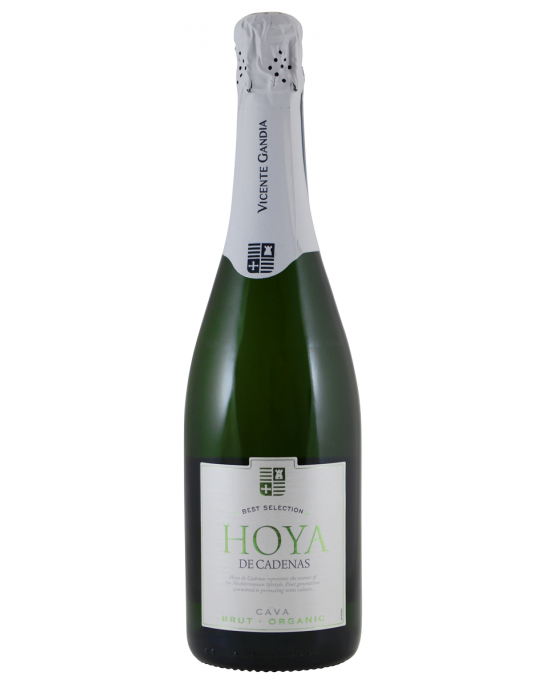
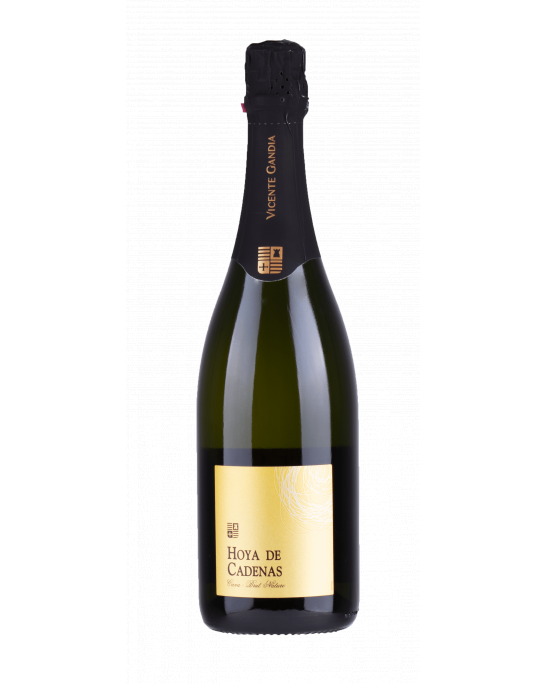
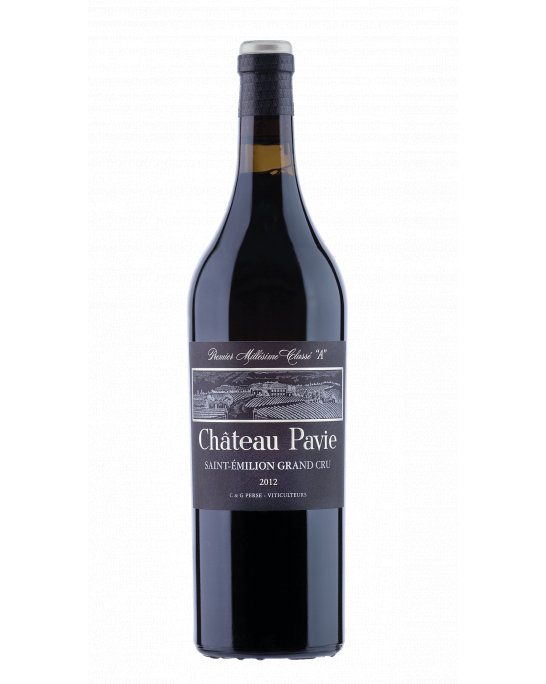
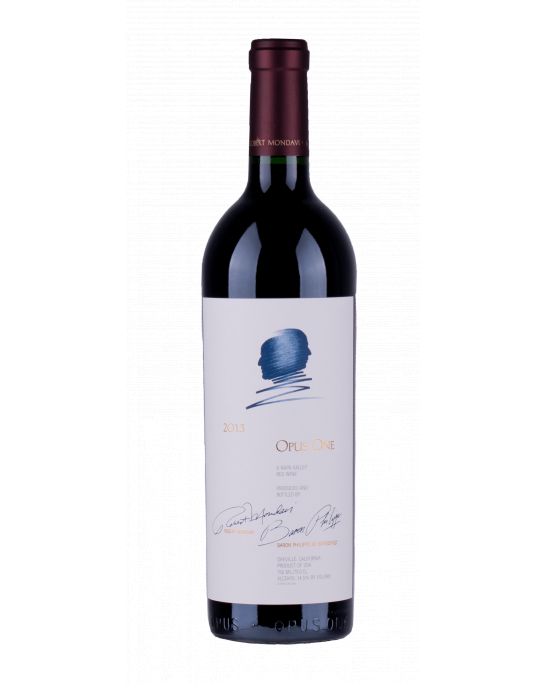
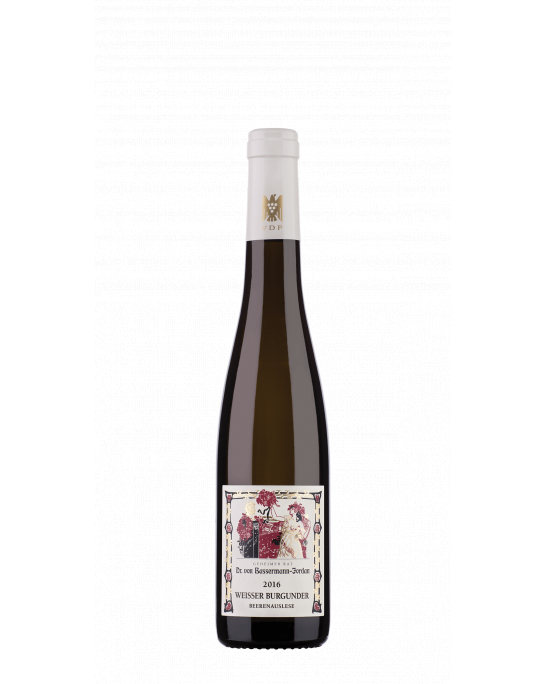
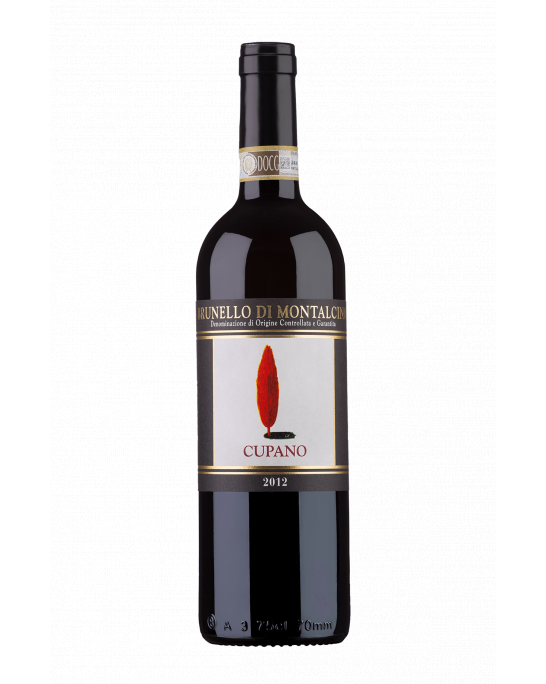
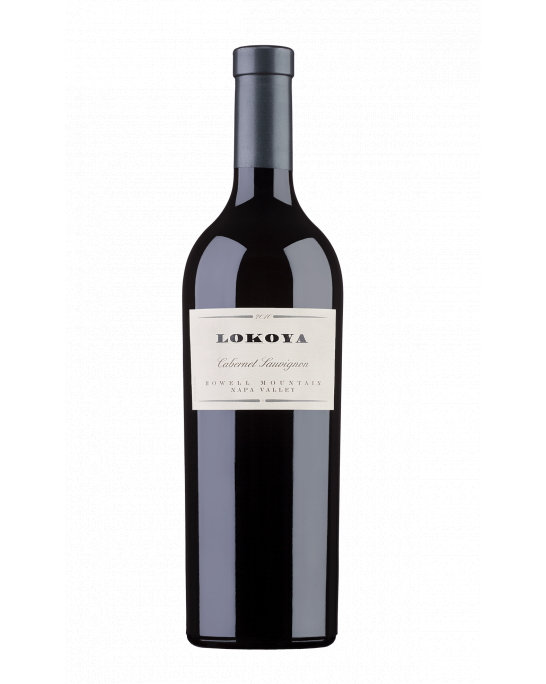
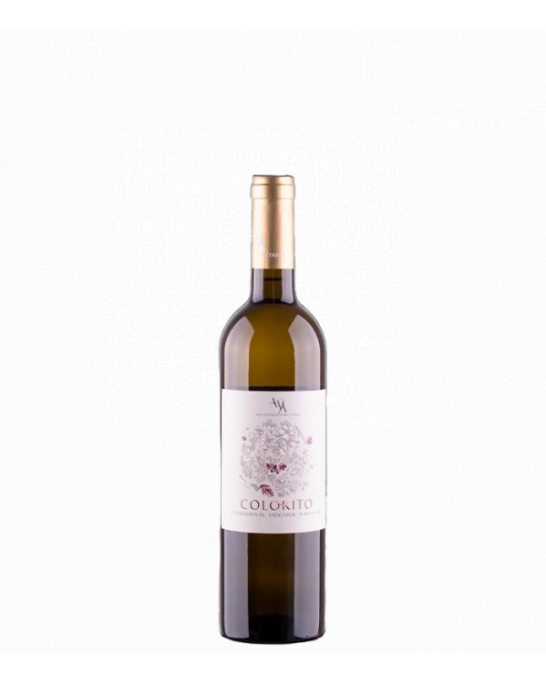
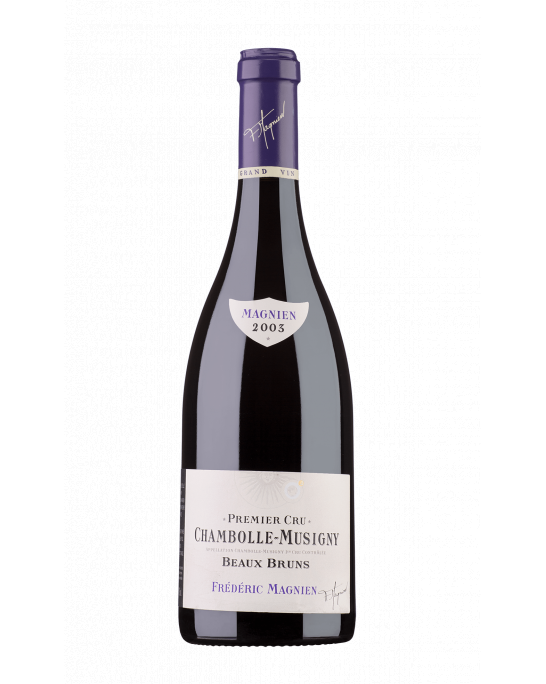
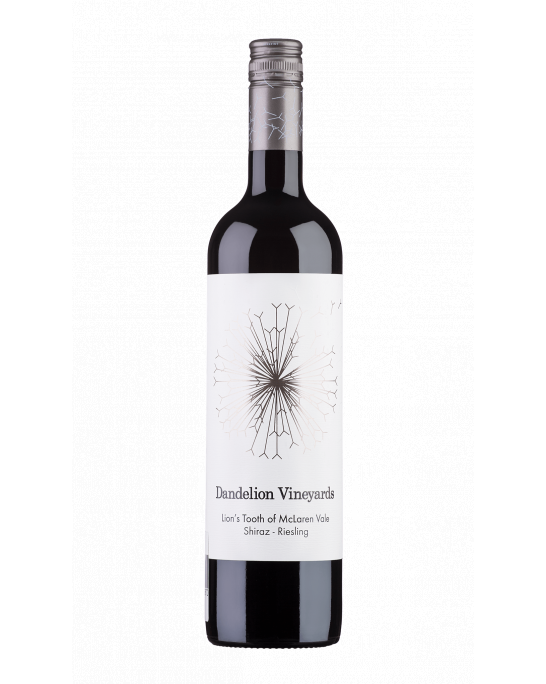
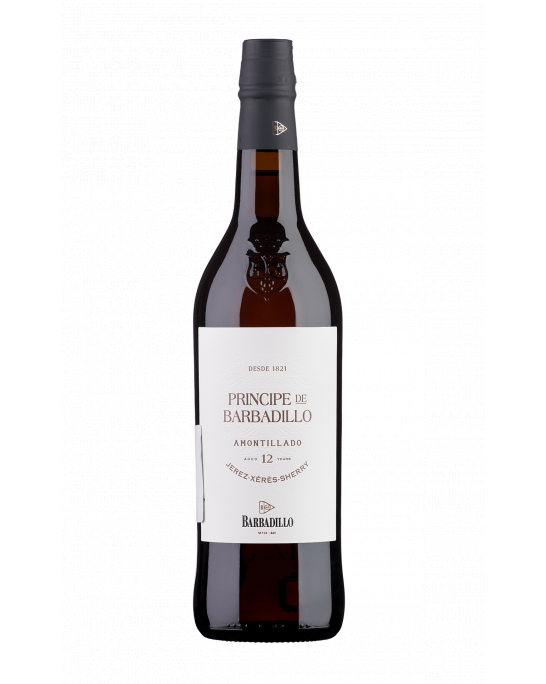

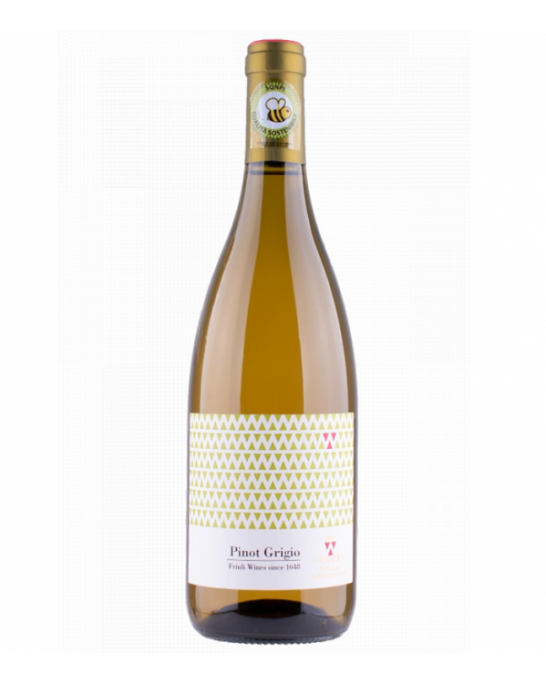
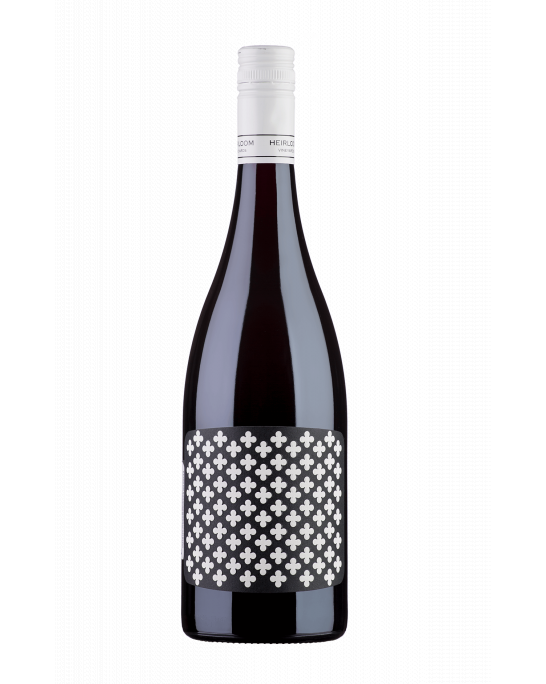
Customer reviews
No reviews available
Be the first to review